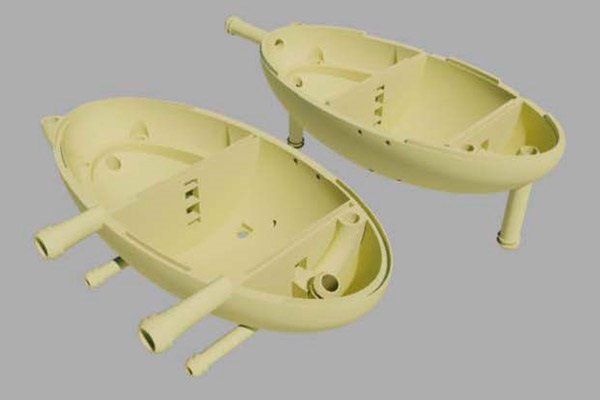
A team of students from the University of Connecticut collaborated with 3D printing company ACT Group to create a viable artificial human kidney.
Considering the great number of people from all over the world, and not just the US, in need for a kidney replacement, what Connecticut students Derek Chhiv, Meaghan Sullivan, Danny Ung, Benjamin Coscia, Guleid Awale, and Ali Rogers have done could represent the beginning of a new era in medicine. The six students were distributed in two teams under the supervision of Anson Ma, an Assistant Professor in the Department of Chemical and Biomolecular Engineering at the University of Connecticut. Luckily enough, each of the two teams had a different approach to the problem, and since differences are a sure way to progress, this means that better final results could be obtained by summing the advantages of each one of them.
Ma stated about this experiment that “The objective of the design project is to get these students to combine the latest technology and their chemical engineering knowledge, learned over their four years at UConn, to solve a technical problem where we can make a difference.”
As Guleid Awale pointed out, “While the other team utilized techniques such as electrodialysis and forward osmosis in their prototype, our group opted for mainly hollow fiber membrane technology commonly found in traditional hemodialysis treatments.”
Benjamin Coscia explained that “Because 3D printing resolutions are not currently low enough to print a structure which will actually filter blood, the file is of only the shell of the kidney. Hollow fiber membranes will be installed on the inside to do the filtration function. The kidney will then be sealed together using the threads and sealing o-rings. A fluid called dialysate will be circulated on the outside of the membranes, inside of the shell, to remove waste material from the blood and keep useful material from leaving the blood. A waste stream maintains the person’s ability to urinate. The outside of the shell can be used as a substrate for growth of biological material for ease of integration into the body.”
At 12 cm in length and 6 cm in diameter, the 3D printed human kidney replacement that these students created is as big as the one of an adult.
Be social! Follow Walyou on Facebook and Twitter, and read more related stories about Organovo’s intentions to print 3D organs in 2014 and the fossils that you can 3D print at home.


